Forestry: The axe of honour
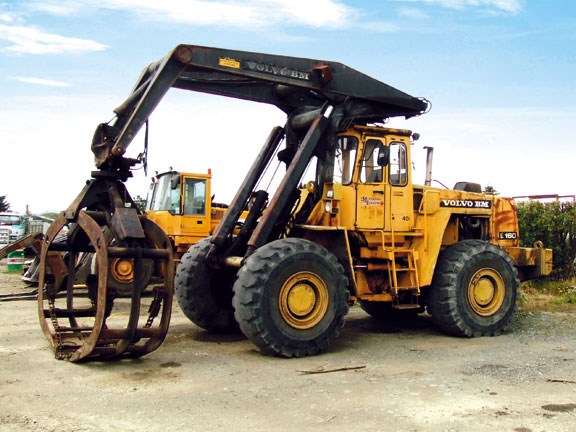

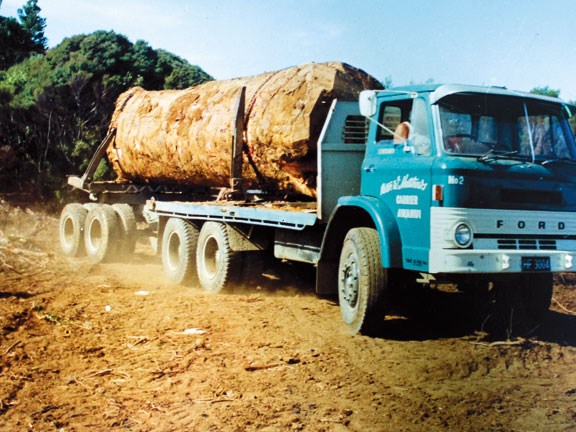

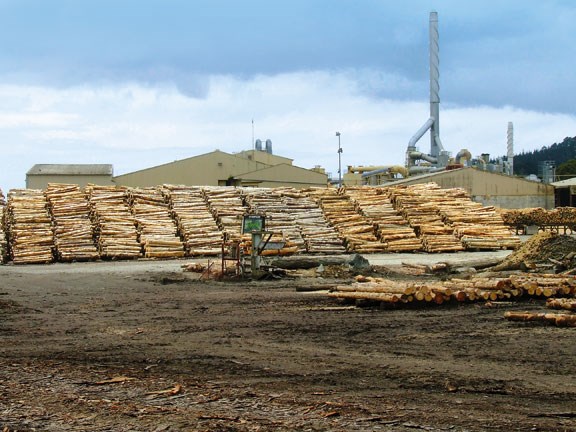

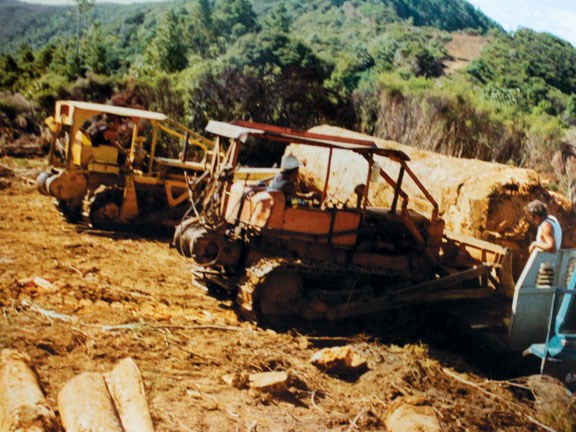




|

|

|

|

|
Back in the’50s, the New Zealand Forest Service established woodsman-training camps around New Zealand. The better labour force generally shunned forestry work leaving predominantly the hard-case youth element and unwanted adults, who were, generally speaking, loose-footed and far from efficient.

|
|
Forestry: The axe of honour
|
To counter this, the youth employment scheme was planned, aiming to recruit boys of 15 to 17-years old and train them as apprentices to qualify as skilled woodsmen with a pride in craftsmanship. Woodsman training schools were set up at Kaingaroa and Golden Downs with smaller regional schools later established at Dusky, Aupouri and Ashley Forest.
In 1977, Peter Matthews joined the Aupouri woodsman school in Northland (bushmen commonly referred to this as 'the woodchuck school'). Entry was not a given and to open the school gate it was required that you have three-years secondary education, be physically fit and have a love of the outdoors. This was not a school for the fainthearted and the first six-months thinned out those not suitable for the job. After initial training at Aupouri, Matthews was posted to the Rai Valley in Nelson to work in a logging crew as a chainsaw operator, but there were times when the driver of the International Hough 65 wheel loader was too drunk to come to work and Matthews was pushed into the driver's seat. This event would be the catalyst to a long career behind the wheel of one machine or another.
The Forest Service in 1979 moved Matthews to Rotorua, thinning forty-year-old Ponderosa and loading out trucks. In 1980 he was fortunate to move into an 'old crop' crew. This was a pinnacle in any bushman's career. Working in old crop Radiata gave a bushman 'mana'. While in the 'old crop' crew, Matthews saw one of his work mates hit with a 'sailor' (a broken branch or dead head of a tree) that had been smashed off by the wind and left hanging in the top of the trees – aptly named as they had a tendency the anchor your backside to the ground. Matthews had a small lesson in crosscutting but decided he had earned 'the axe of honour' with the forest service so, in 1980, he packed up and moved back to Kaitaia and into the family business.
Peter Matthews' dad had started a general carrier business in Kaitaia in 1960 and over the next 20-years owned and operated a number of different machines. In '68, Matthews Transport started carting round wood posts and strainers from Aupouri and Te Kau forest into Kaitaia for processing, loading with a second-hand International Hough 60B wheel loader. Also on the agenda was carting native logs to the Northern Kaingaroa mill. Matthews found himself behind the wheel of the D-series Ford six-wheeler towing a jinker pole trailer, one log was the norm for a load at approximately 26-tonne, skid loaded with a couple of dozers. These days cops would have a field day with this sort of operation —a flat deck truck with a set of bolsters strapped on the back carting these big logs down the road.
By 1986 Northern Pulp had built a mill in Kaitaia. Four-years later the mill was taken over by Juken Nissho Limited, JNL as it is more commonly known today, and has become a major economic and cultural contributor to the local Kaitaia community. Up until 1990, the Matthews' were still carting round wood into Hicksons processing yard in Kaitaia, but this soon changed. As JNL took control of the forest, the round wood pulp would be redirected into the mill.
JNL contracted a logging company to cut pulp to length in the forest. A short time later this proved uneconomic and Matthews was approached to cut the pulp to length in the mill yard. This was to be a four-month trial until the mill put in a new slash deck. Matthews cut the 5.3m logs into 2.6m lengths manually, measuring and cutting with men using chainsaws. This would have to be the longest trial in history as Matthews Logging is still there cutting pulp to length 23-years later.
The family business has certainly grown – Matthews Logging has Cat loaders in the mill unloading trucks, loading the log deck and feeding the lathes. In the Tri Board plant, Matthews Logging, in 1999, bought a 1986 L160 Volvo high-lift for stacking pulp. This old girl has now completed 46,000-hours and has been partly retired, but when required will be pulled back into the front line for an honest day's work.
The fleet of machines now consists of two Cat 938Gs, one Cat 936F, one Cat 950G and one 966H wheel loader. There are three Cat 322 excavators for log handling, three L180 Volvo high-lift loaders, the latest edition to the fleet being the L180G – the first produced in the world, serial number 001 and a proud addition to the fleet.
On any given day, you can still catch Peter 'Pancho' Matthews behind the wheel of one of the Volvo high-lifts stacking 12,000 to 16,000-tonne of pulp per month for the Tri Board plant. Matthews was fortunate to get into the New Zealand Forest Service Training School as it was phased out in the early 1980s, having served its purpose to the community. The training he received has clearly served him well as he is an integral part of the family business and logging community.
Matthews Logging prides itself on maintaining the supply of pulp to the mill and has proven over the years to be a responsible, conscientious contractor by purchasing good, reliable equipment.
After 35-years of service and contribution to the logging industry, Peter Matthews has certainly earned his axe of honour.
Authors note: The New Zealand Forestry training camps were an excellent example for training young loggers; maybe this is what's wrong with our industry today – the training is inadequate in preparing our young men for forestry work, and as a result, the accident rate is still unacceptable.
Feel free to make a comment or ask us a question about this story on the Deals On Wheels  page.
page.
For the latest reviews, subscribe to our Deals On Wheels magazine here.
Keep up to date in the industry by signing up to Deals on Wheels' free newsletter or liking us on Facebook.



.jpg)


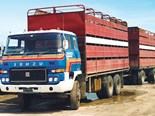
.png)
.png)

